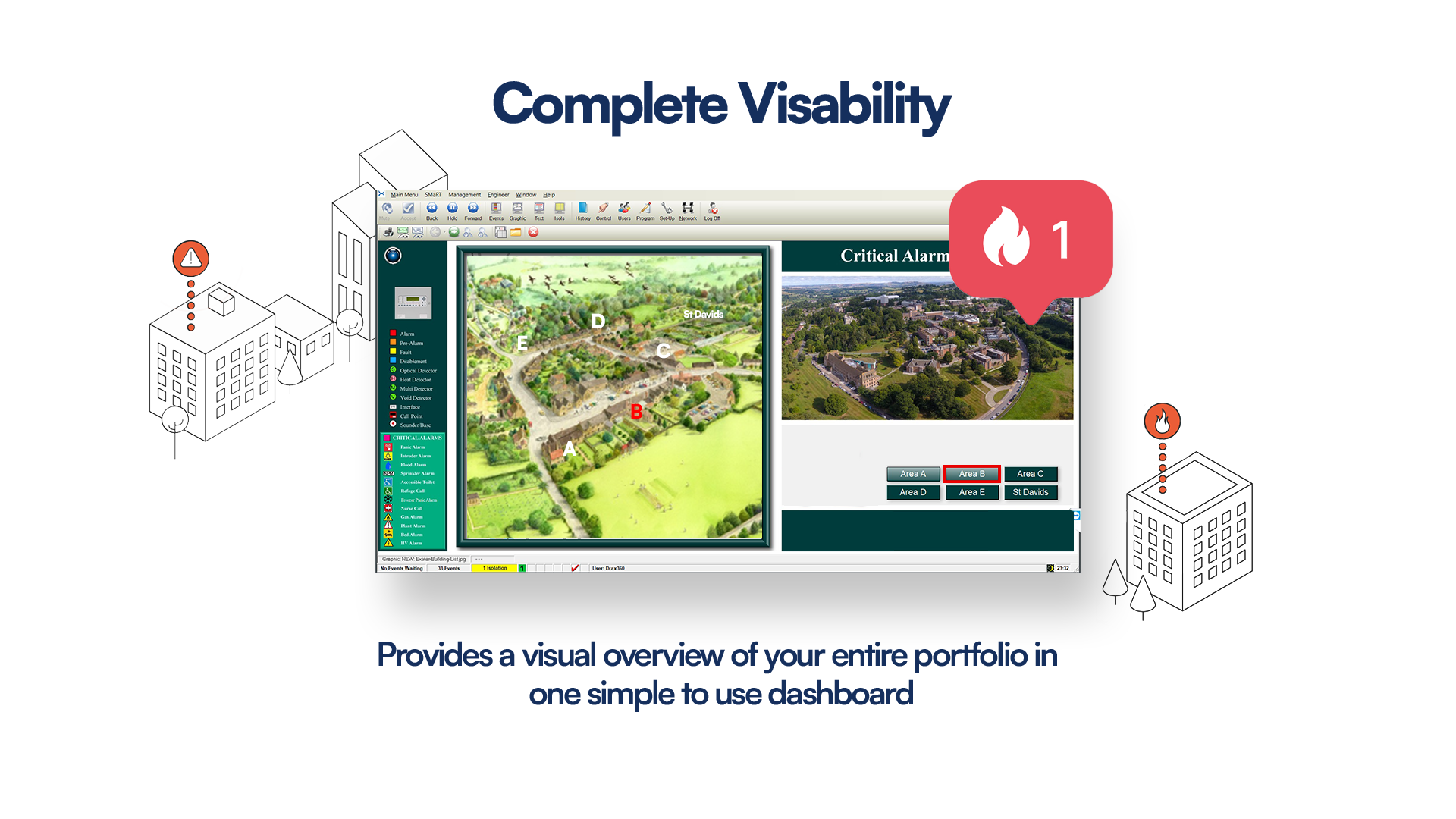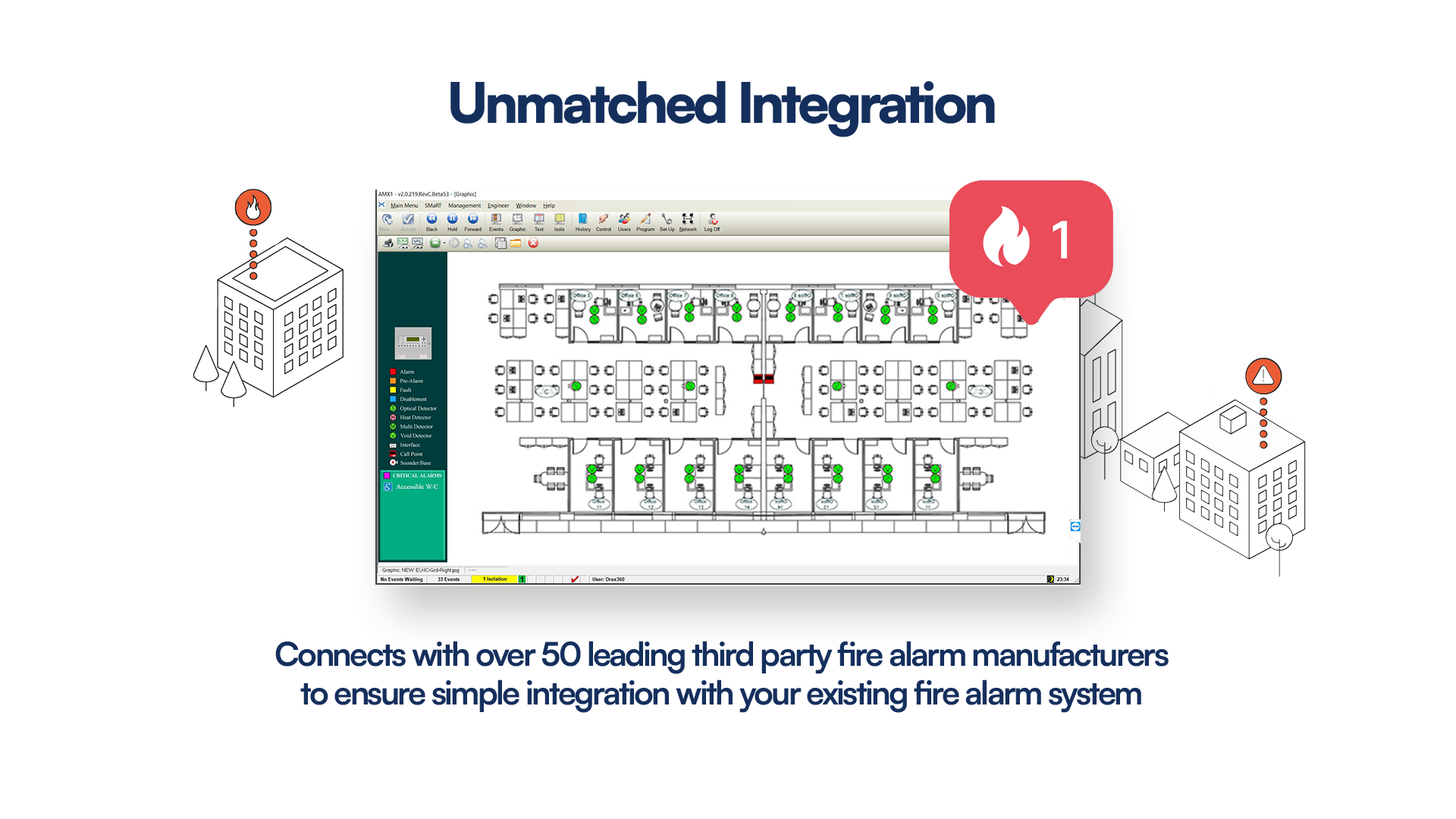The unique challenges of stadium fire safety and compliance
Managing high occupancy loads and complex evacuations
Stadiums are purpose-built to accommodate very large crowds. The amount of people within a stadium will often be in the tens of thousands. This poses a big problem for fire safety due to several factors. Evacuating a stadium is a mammoth task that is simply not possible with the use of standard alarm and exit routes. A more complex approach is required.
There is also the issue of a crowd mentality quickly progressing to panic in the event of a fire. This makes evacuations more difficult to control and requires the consideration of potential stampedes and bottlenecks that could occur within a live evacuation. The unpredictability of how a crowd may behave during an evacuation is further complicated by the presence of alcohol in most stadium environments. This can lead to slower reaction to alarms, and safety instructions being more readily ignored.
Regardless of what event is in progress at a stadium, the clientele is often diverse. This drives the need to consider how fire safety procedures can help to accommodate the elderly, families with young children, and attendees with mobility issues.
The burden of constant regulatory adherence and audits
Many stadiums host multiple events with different configurations. This can result in temporary obstructions to fire escape routes, the use of special effects that can increase fire risk, and high staff turnover. These issues can make continued stadium fire safety compliance difficult to maintain.
Adhering to fire safety standards on a daily basis for a stadium environment can be extremely difficult to do when relying on manual checks. With the stadium layout changing frequently, rigorous manual checks will need to be completed and recorded effectively every day. This is a lot of work that can become very susceptible to human-error.
Coordinating response across vast, multi-use venues
Due to the complexity involved in the evacuation of a stadium, coordination is key. To allow for a successful evacuation that minimises fire related incidents, one area of a stadium fire alarm system needs to be able to communicate effectively with all other areas. This enables fire safety staff to identify which fire escape routes are viable, and direct evacuees to safety in a safe and efficient way.

































